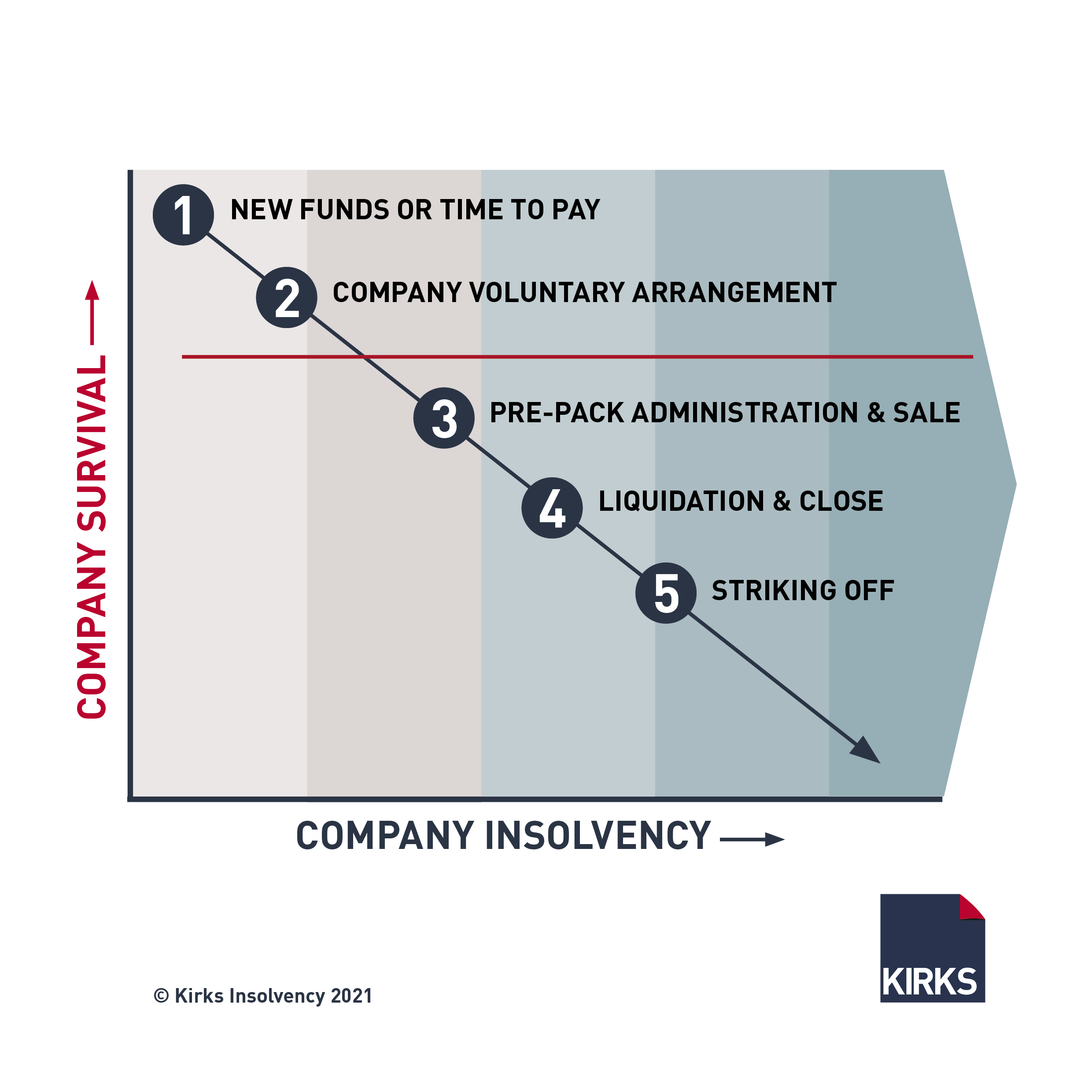The 3-Minute Rule for Insolvency Practitioner
The 3-Minute Rule for Insolvency Practitioner
Blog Article
6 Simple Techniques For Insolvency Practitioner
Table of ContentsThe Main Principles Of Insolvency Practitioner What Does Insolvency Practitioner Do?Getting My Insolvency Practitioner To Work5 Simple Techniques For Insolvency PractitionerThe 15-Second Trick For Insolvency PractitionerThe Of Insolvency PractitionerThe Ultimate Guide To Insolvency Practitioner
Insurance policy is kept an eye on and managed by state insurance policy divisions, and one of their key goals is safeguarding policyholders from the threat of a firm in economic distress. When a firm enters a period of monetary problem and is not able to meet its responsibilities, the insurance commissioner in the firm's home state initiates a processdictated by the laws of the statewhereby efforts are made to assist the firm regain its monetary footing.If it is identified that the business can not be refurbished, the firm is declared bankrupt, and the commissioner will certainly ask the state court to purchase the liquidation of the firm. [Back] The insurance commissioner, either appointed by the guv or elected, heads the state insurance division and displays and controls insurance coverage activity within the state.
[Back] By obtaining control of a business, the commissioner (or the insurance department) is, by law, the rehabilitator or liquidator of the company. In this ability, the commissioner or department takes control of the firm's operations. As opposed to do so straight, the commissioner might retain an unique deputy receiver to manage the company's tasks.
The smart Trick of Insolvency Practitioner That Nobody is Discussing
The receiver oversees a bookkeeping of the business's properties and liabilities and carries out the estate of the company. In doing so, the receiver looks for to make the most of the firm's possessions, transfer them to money, and after that distribute that cash money to financial institutions having valid claims against the insurance provider in conformity with payment concerns specified by state legislation (in all states, policyholders are concern plaintiffs whose cases are paid before those of general financial institutions).
All insurance provider (with restricted exemptions) licensed to market life or medical insurance or annuities in a state should be participants of that state's warranty association. The guaranty organization complies with the commissioner and the receiver in pre-liquidation preparation. When the liquidation is bought, the guaranty association gives coverage to the company's insurance holders who are state citizens (approximately the levels defined by state lawssee below; any type of benefit quantities over the warranty asociation advantage degrees become cases against the firm's continuing to be possessions).
The above protection levels apply individually for each insolvent insurance firm. When an insurance provider fails and there is a shortage of funds required to meet the commitments to insurance holders, state guaranty associations are turned on. Guaranty associations have subrogation rights to a proportionate share of the properties staying in the fallen short insurance firm.
Examine This Report about Insolvency Practitioner

NOLHGA develops a task force of depictive warranty associations to deal with the insurance commissioner to develop a strategy to protect policyholders. To find out more on NOLHGA's duty at the same time, see "What Is NOLHGA?" and "The Safeguard at the workplace." [Back]
You are right here: Bankruptcy is when a business or person can not pay financial obligations when they schedule. There are a number of choices offered to a bankrupt business or individual: ASIC controls companies, it does not handle individual insolvency procedures. For more details regarding personal this page bankruptcy and personal insolvency arrangements, check out the Australian Financial Safety Authority site.
Unknown Facts About Insolvency Practitioner
Predictive protection by helping you select the ideal customers and the appropriate markets to stay clear of poor debt to begin with, many thanks to acute financial evaluation - Insolvency Practitioner. In-depth market knowledge, providing you with 360-degree visibility on service fields and foreshadowing difficulties. It would certainly be a simplification to believe a profession credit insurance starts and finishes with costs and pay-outs
This can take place for a number of reasons, consisting of bad financial monitoring, unforeseen prices, or a modification in the market. If a business is financially troubled, it might be required to fold or sell possessions to pay creditors. This can have a major influence on business, workers, and investors.
It can cause job losses, asset sales, and also personal bankruptcy. It is essential to comprehend exactly how company bankruptcy works and how it can affect your service. Why does a business participate in bankruptcy? There are a variety of reasons that a business might become part of insolvency. One of the most typical factor is that the business is incapable to pay its financial debts as they fall due.
All about Insolvency Practitioner
Other factors for insolvency include fraud, mismanagement, and unanticipated prices. Bankruptcy can also lead to task losses and the closure of companies.
The firm might be required to market properties, lay off staff or even shut down. Creditors might be left out of pocket and the business's shareholders may see their financial investment vanish.
This can take place for a number of reasons, consisting of poor economic management, unanticipated prices, or a modification in the marketplace. If a firm is bankrupt, it might be compelled to fold or sell properties to pay lenders. This can have a significant effect on the organization, employees, and shareholders.
The Buzz on Insolvency Practitioner
Why does a company get in right into insolvency? There are a number of reasons why a business might get in right into bankruptcy.
Various other factors for bankruptcy include fraud, mismanagement, and unexpected prices. Insolvency Practitioner. When a company becomes financially troubled, its properties are used to repay its debts. try this website This can have a major effect on the service, as it might no much longer have the ability to continue running. Insolvency can additionally bring about job losses and the closure of businesses.
Excitement About Insolvency Practitioner

Report this page